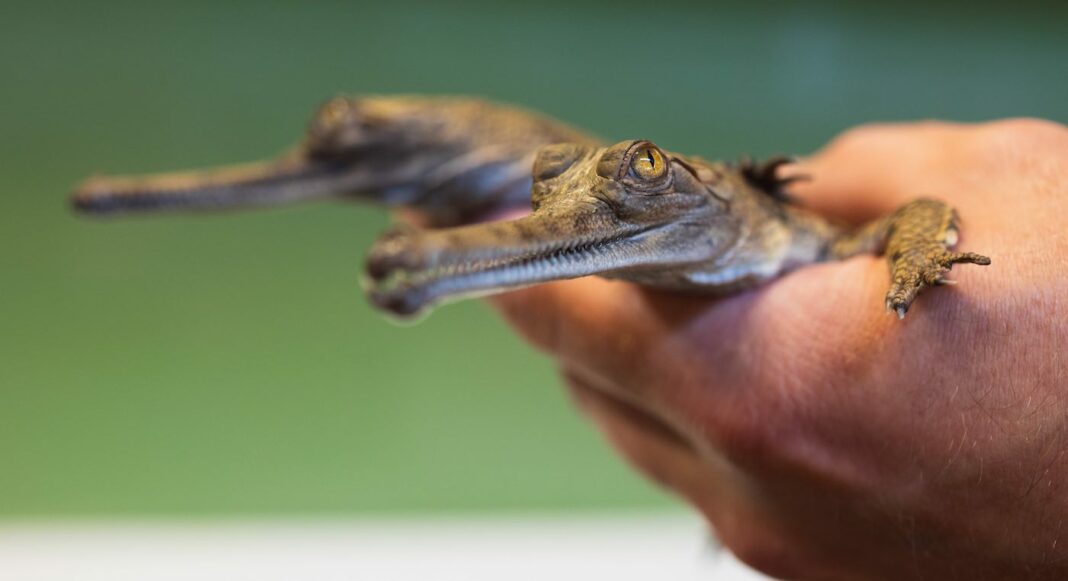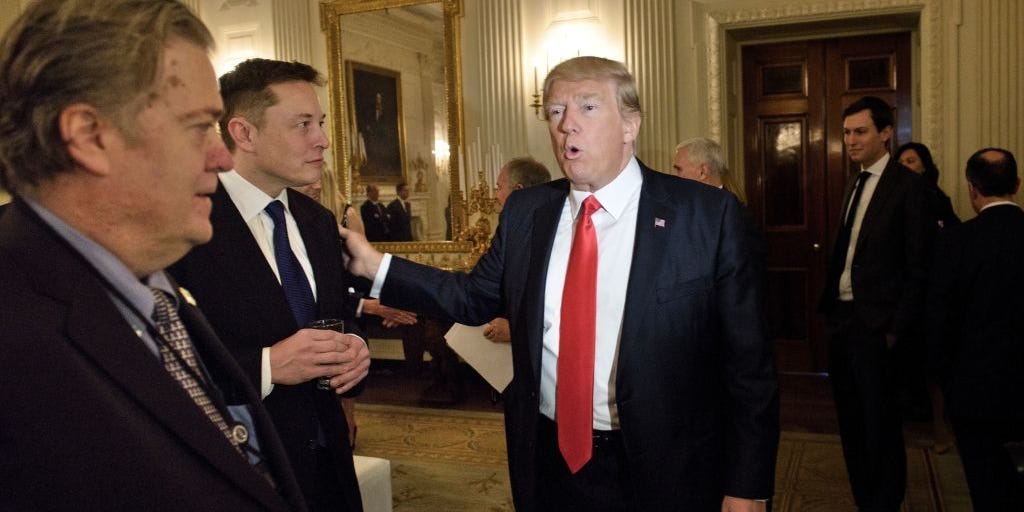First Back-to-Back Gharial Crocodile Hatchlings Born in N. America to Help Save Endangered Species
With only around 650 gharial crocodiles left in the wild, the recent birth of two gharial crocodile hatchlings at a North American zoo is a significant milestone in the efforts to save this critically endangered species. The gharial crocodile, also known as the gavial, is one of the most threatened species of crocodile in the world. Named for its long, slender snout, the gharial is native to the rivers of the Indian subcontinent, where it is facing severe threats from habitat loss, poaching, and pollution.
Birth of the Hatchlings
The two gharial crocodile hatchlings were born at the zoo’s breeding facility after a successful mating between two adult gharials. The eggs were carefully monitored throughout the incubation period, and zoo staff were thrilled when the first hatchling emerged from its egg. Just a few days later, a second hatchling followed, making it the first time that back-to-back gharial crocodile hatchlings have been born in North America.
Importance of the Birth
The successful breeding of gharial crocodiles in captivity is crucial for the conservation of the species. By carefully managing captive populations and breeding programs, zoos and wildlife organizations can help ensure the genetic diversity and long-term survival of endangered species like the gharial crocodile. These hatchlings represent a glimmer of hope for the future of the gharial, and the knowledge gained from their care and development will be invaluable for future breeding efforts.
Challenges Facing the Gharial
Despite their unique appearance and important role in their ecosystems, gharial crocodiles face numerous threats in the wild. Deforestation, unsustainable fishing practices, and pollution have all contributed to the decline of gharial populations in their native range. The loss of river habitat and nesting sites has made it increasingly difficult for gharials to find suitable places to breed, further impacting their ability to recover in the wild.
Conservation Efforts
To address these challenges, conservation organizations are working to protect and restore gharial habitats, reduce poaching and illegal fishing, and raise awareness about the importance of preserving this vulnerable species. Breeding programs at zoos and wildlife facilities play a critical role in these efforts, providing a safety net for gharial crocodiles and other endangered species at risk of extinction.
Conclusion
The birth of the first back-to-back gharial crocodile hatchlings in North America is a cause for celebration and a reminder of the importance of conservation efforts to save endangered species from extinction. With only a few hundred gharials left in the wild, every new hatchling represents a step forward in the fight to protect these ancient and remarkable creatures. By supporting breeding programs, habitat conservation, and public education, we can all play a part in ensuring a future for the gharial crocodile and other endangered species around the world.
FAQs
Q: Why are gharial crocodiles endangered?
A: Gharial crocodiles are endangered due to habitat loss, pollution, poaching, and unsustainable fishing practices in their native range.
Q: How many gharial crocodiles are left in the wild?
A: There are currently around 650 gharial crocodiles remaining in the wild, making them one of the most critically endangered species of crocodile in the world.
Q: What can be done to help save the gharial crocodile?
A: Conservation efforts, including breeding programs, habitat restoration, and awareness-raising campaigns, are crucial for the survival of the gharial crocodile and other endangered species.




